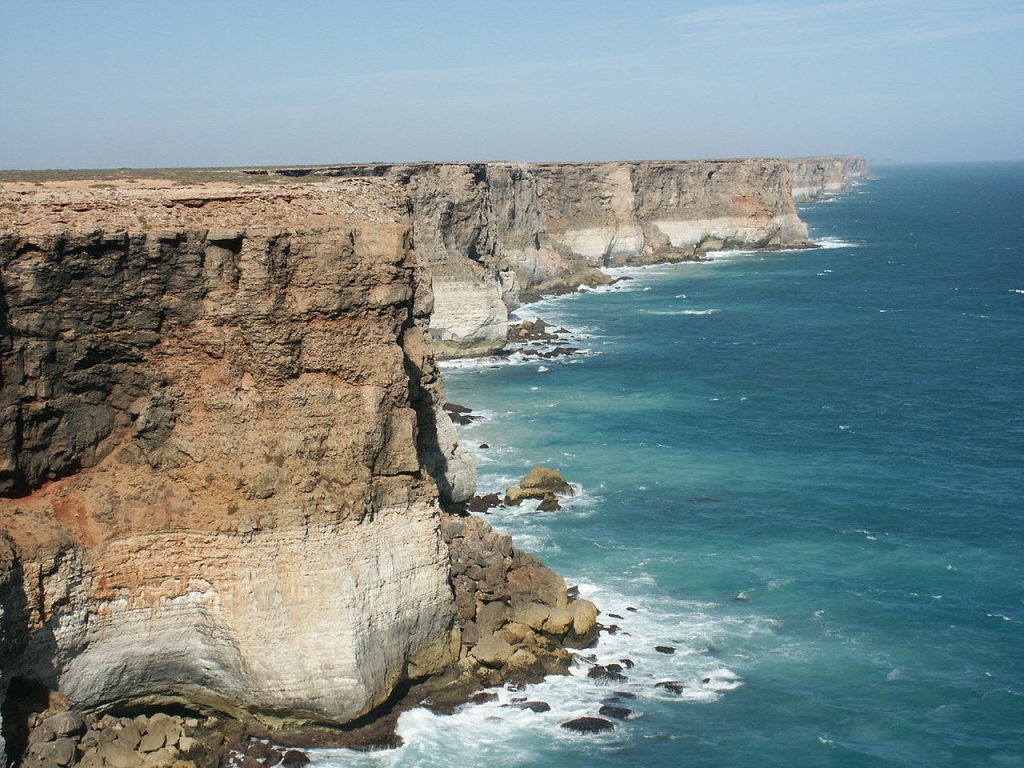
An academic has said BP’s proposals for dealing with a blowout in the Great Australian Bight would fall a “long way short” of industry best practice.
Writing in the Conversation, Andrew Hopkins, emeritus professor at the Australian National University, said the company’s plans showed less urgency than could be expected in other regions.
Australia’s offshore oil and gas authority, Nopsema is expected to rule on BP’s third environmental plan by the end of this month, the previous two having been rejected.
BP said its response in the event of a spill would start within seconds, and backed Australia’s regulatory system.
Prof Hopkins said it had been shown that wells in the Gulf of Mexico could be capped in 15 days.
But in the event of a blowout in the Bight, BP would have to wait for a capping stack to be shipped from Singapore, according to its plan.
In all, it would take about 35 days to cap the well.
In the Arctic, capping stacks have to be within 24 hours’ travel of drilling sites.
“If the Arctic justifies this level of protection, why not the Bight?,” Prof Hopkins wrote.
He also said BP’s back-up plan would take an unacceptably long time.
If the cap fails, BP would drill a relief well that cuts across through the blowout well, before filling it cement.
A rig capable of drilling a relief well would need to travel to the site first, which is why the process has been estimated to require 149 days for completion.
The Gulf of Mexico blowout was stopped in 87 days.
A BP spokeswoman was cited as saying by the Guardian: “In the very unlikely event that there was a well incident, we would take action immediately, starting from within seconds. There are lots of parallel activities that we would mobilise, such as starting dispersant injection or surface recovery, at the same time as capping the well.
“We believe that the Nopsema is a technically credible, strong and independent regulator overseeing a world-class regulatory system.
“The objectives-based system used by Nopsema requires companies including BP to identify and appropriately manage risk; this system ensures each activity is assessed based on its circumstances, instead of the one-size-fits-all approach taken in some other countries.”
